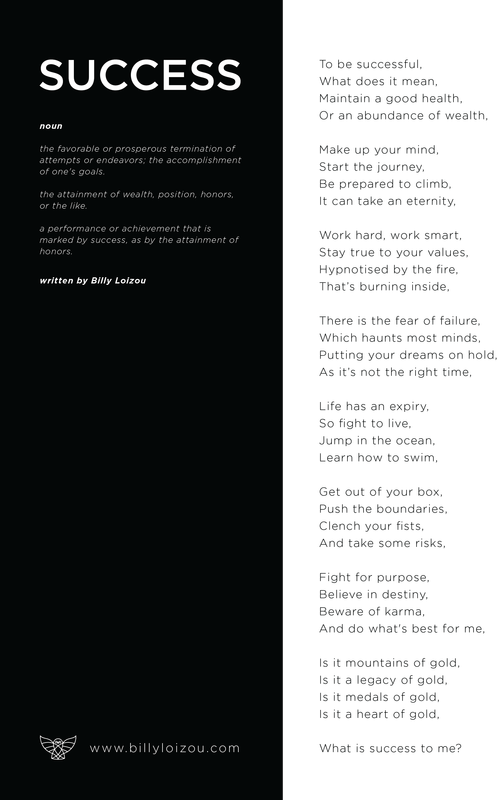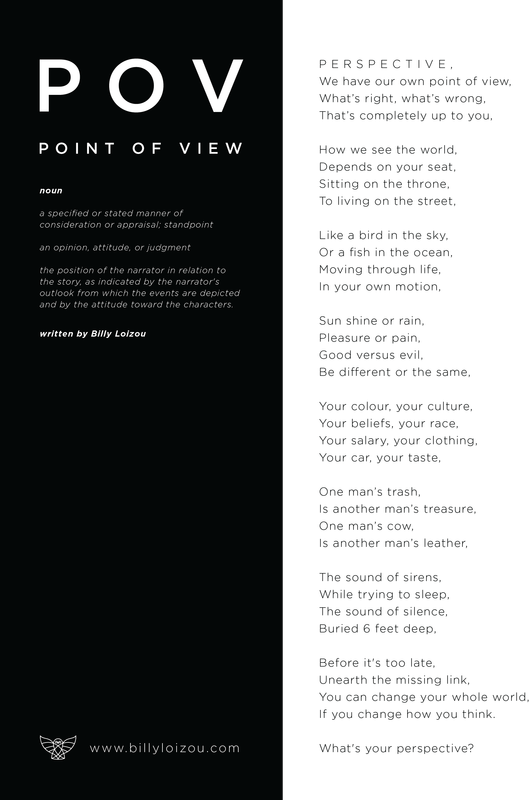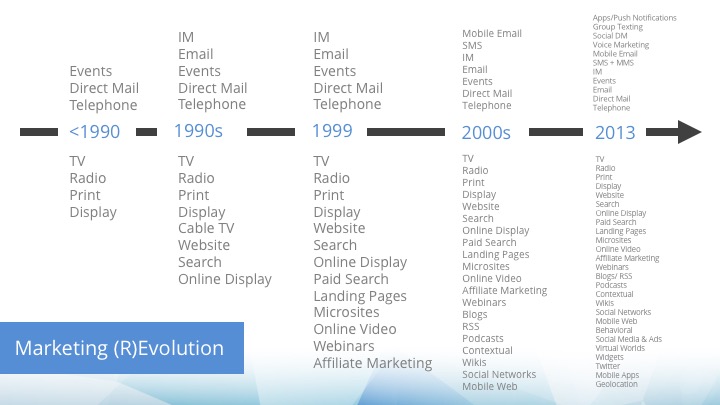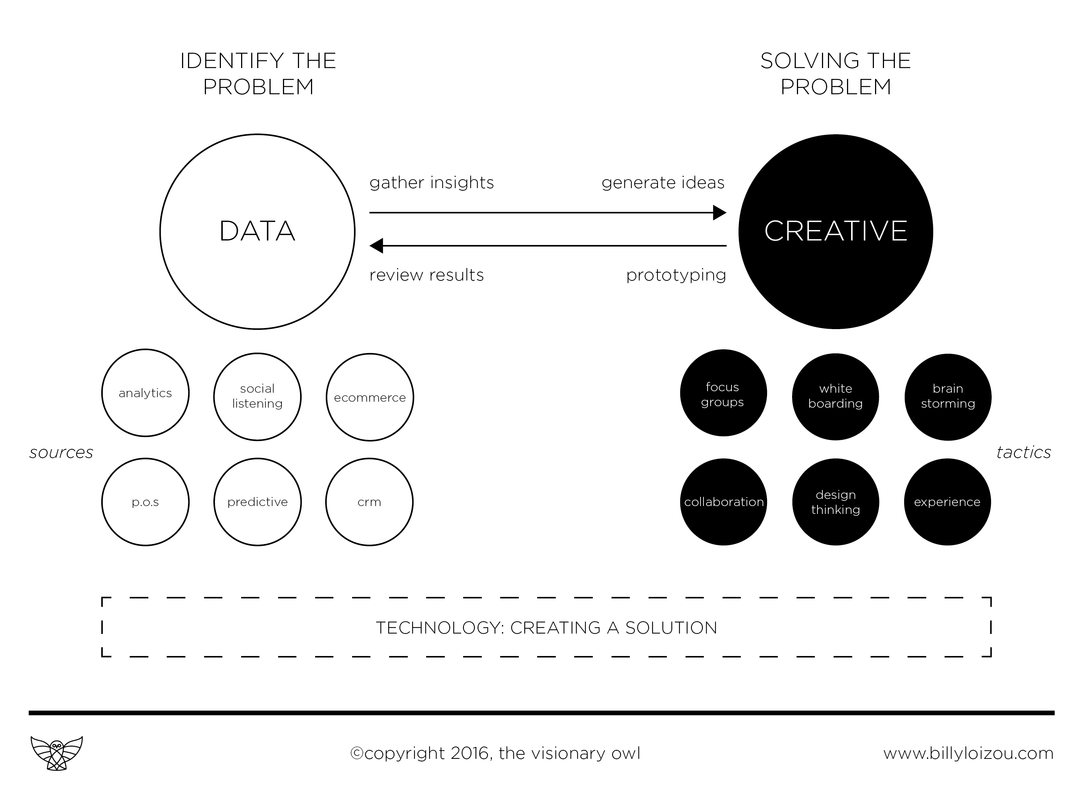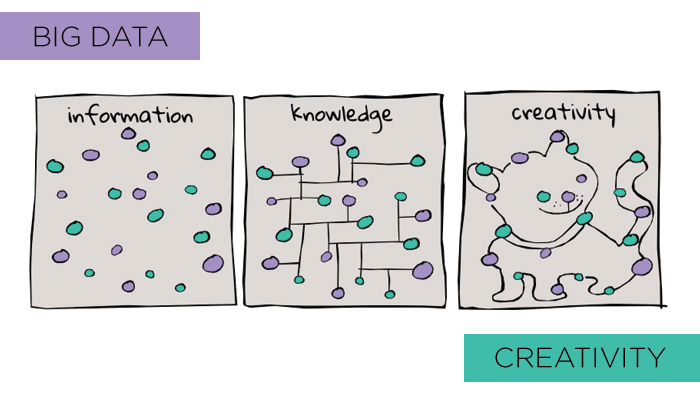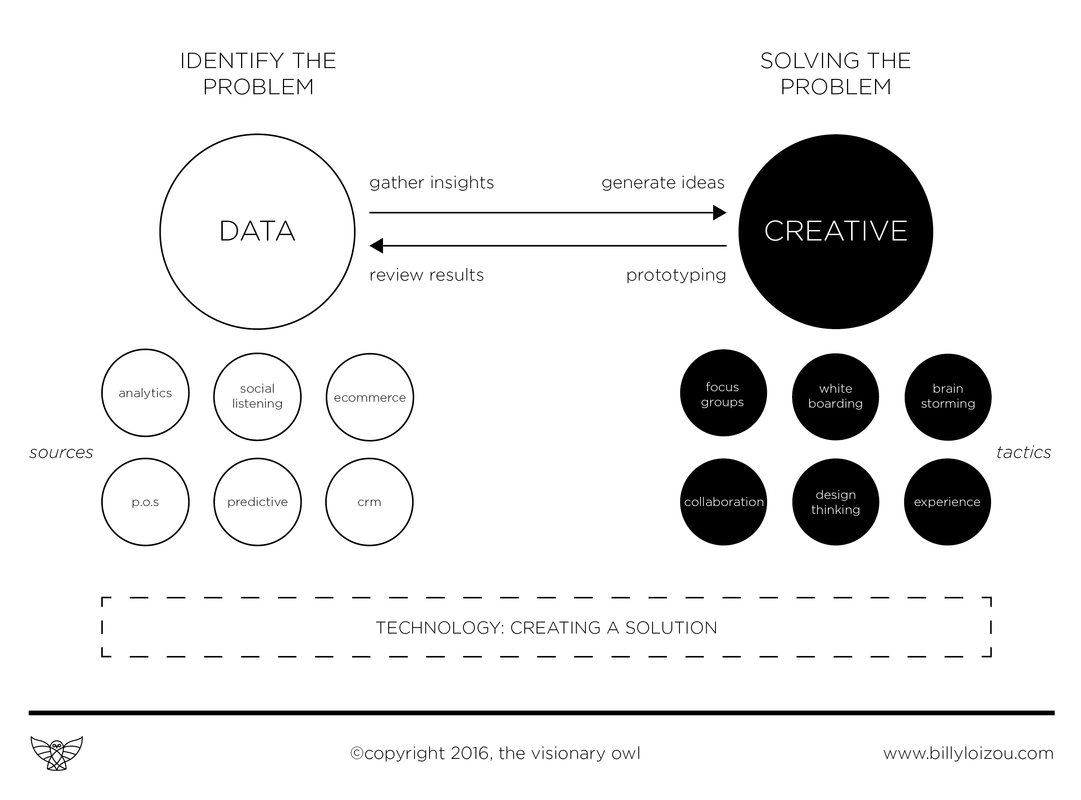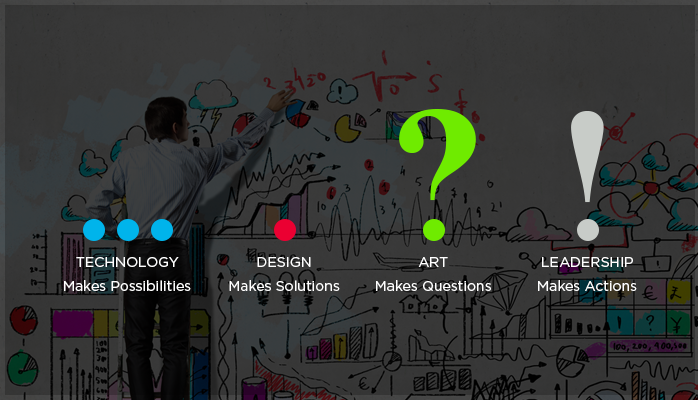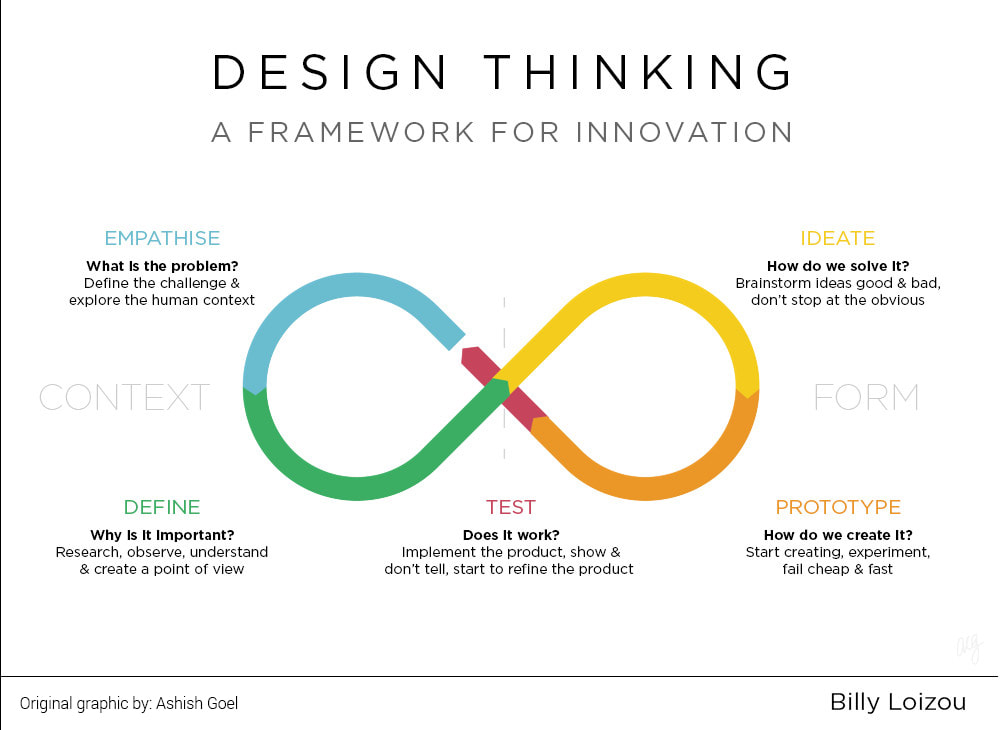I am lucky enough to have worked in some amazing business’s such as tech giant Salesforce & creative powerhouse TBWA. My career has had some extremely memorable moments, I have designed award winning work and made life-long friends, however I always had this glowing neon question mark hovering over my head.
The answer appeared on the 25th of May 2017 when my son was born. I realised that I had been living life by the wrong set of values, you can say I had an epiphany. I got so much enjoyment by the small things in life again; a smile, a cry, a laugh, a word, a clap….I didn’t get much enjoyment from changing nappies but it was part of the package. I realised that not everything I did day-to-day had to revolve around trying to change the world, it can start by just improving one persons world at a time. I realised through the journey of being a father the happiness and completeness comes from being selfless. I also realised that instead of trying to mask my creativity I should embrace it, bring 100% of me to the workforce everyday.
Since the age of 18 I have been writing and producing music however never shared it with many people. A few months after my son was born I decided to write a story for him called Baby On The Moon. The story was about a little boy who sets off on a space adventure to the moon with his best friend, a little black dog. The story ended up turning into a song and I am actually really proud of the end result, watch below.
My greatest achievement in life is undoubtably becoming a father. It has helped me in every facet of my life, including my career by realigning my values and belief system to rediscovering my creative confidence. To all the other hard working dad’s out there who are balancing a demanding job and have a family at home, hats off to you. It’s not an easy gig and someday’s it’s extremely hard walking out the front door, especially when your little one is crawling behind you screaming “dada.” There is a silver lining though, having children gives you the confidence to step outside your comfort zone and pushes you mentally and physically in ways that you never thought were possible.

